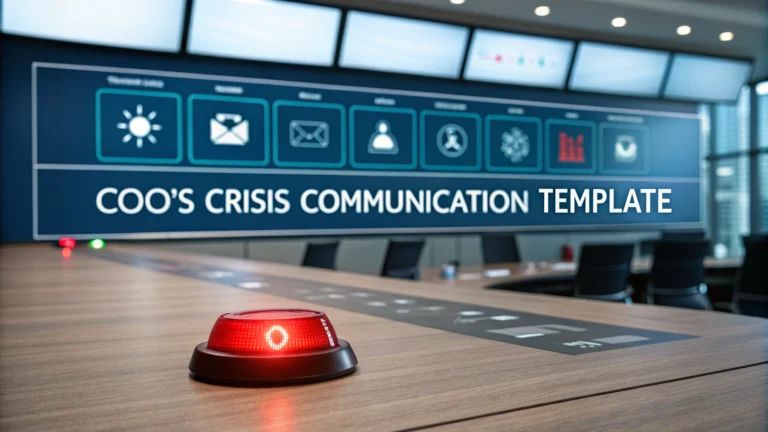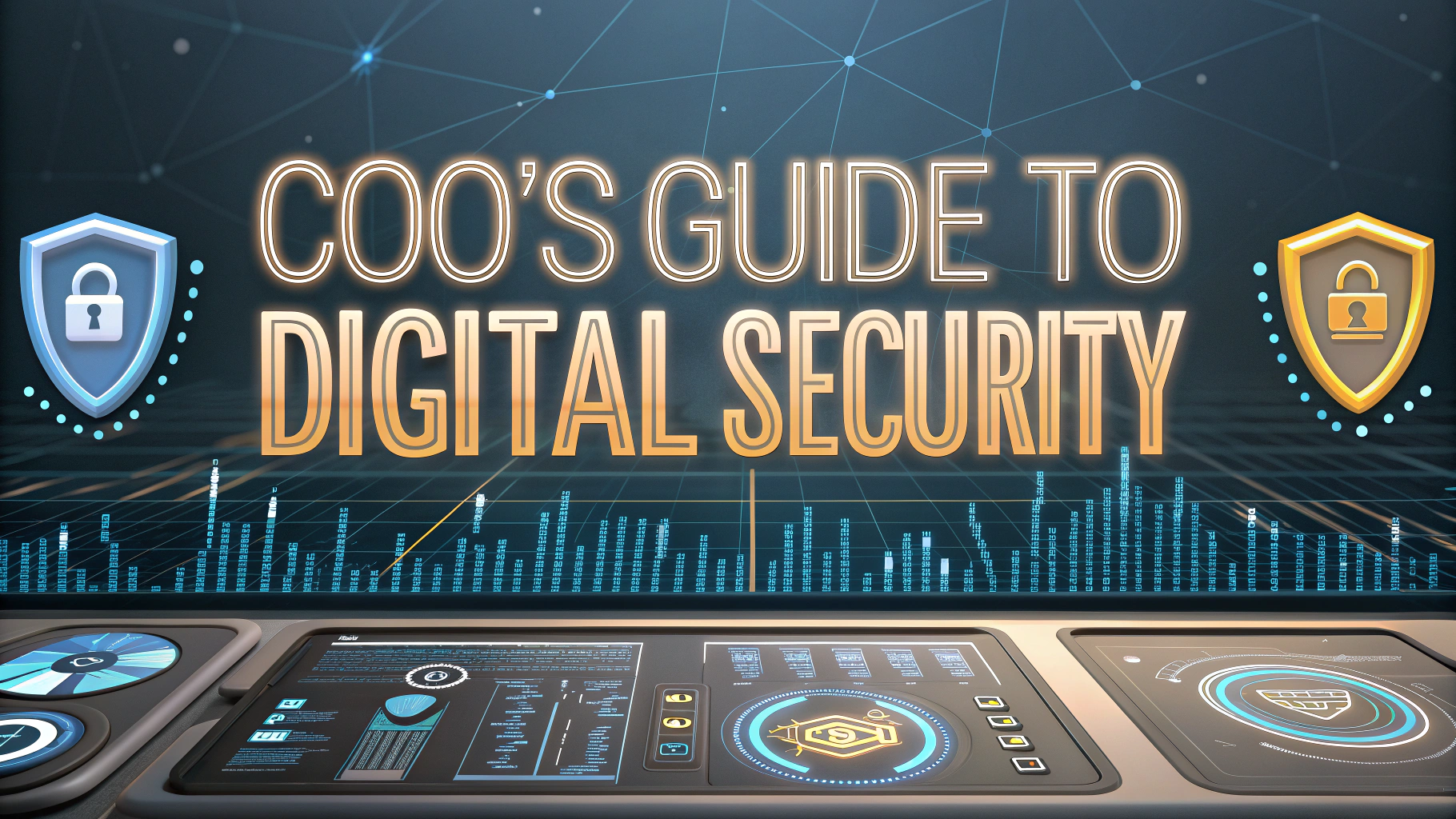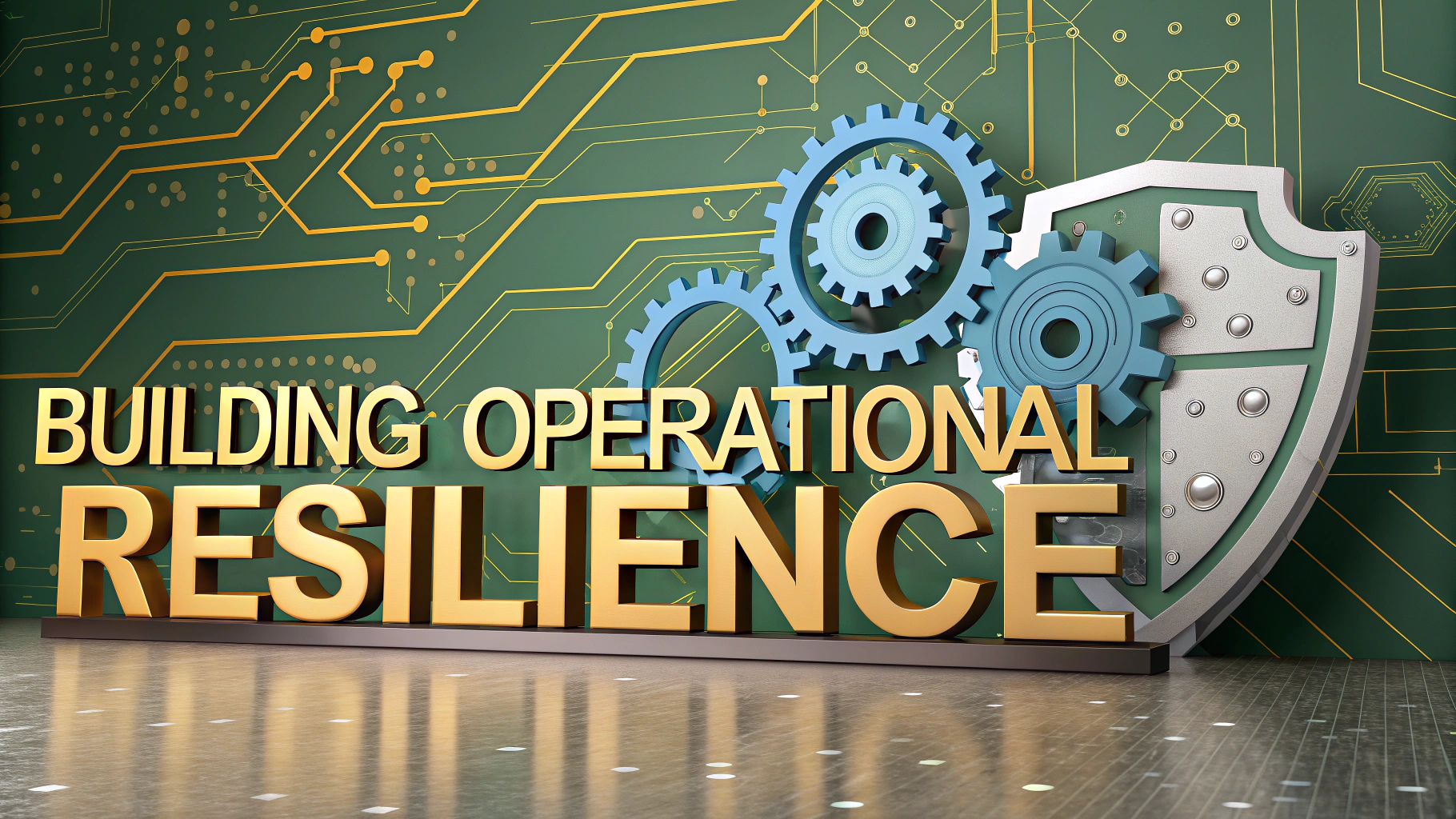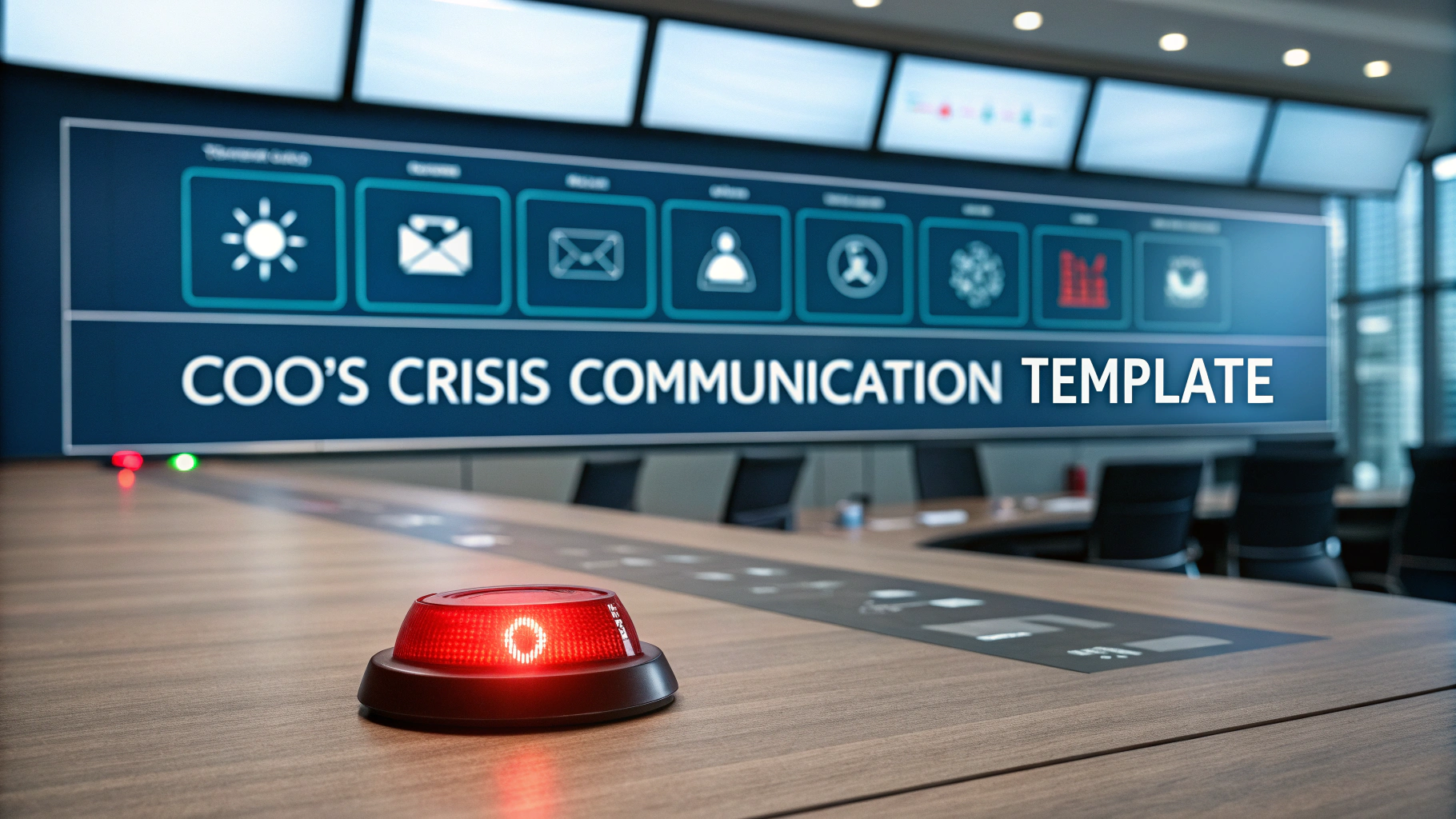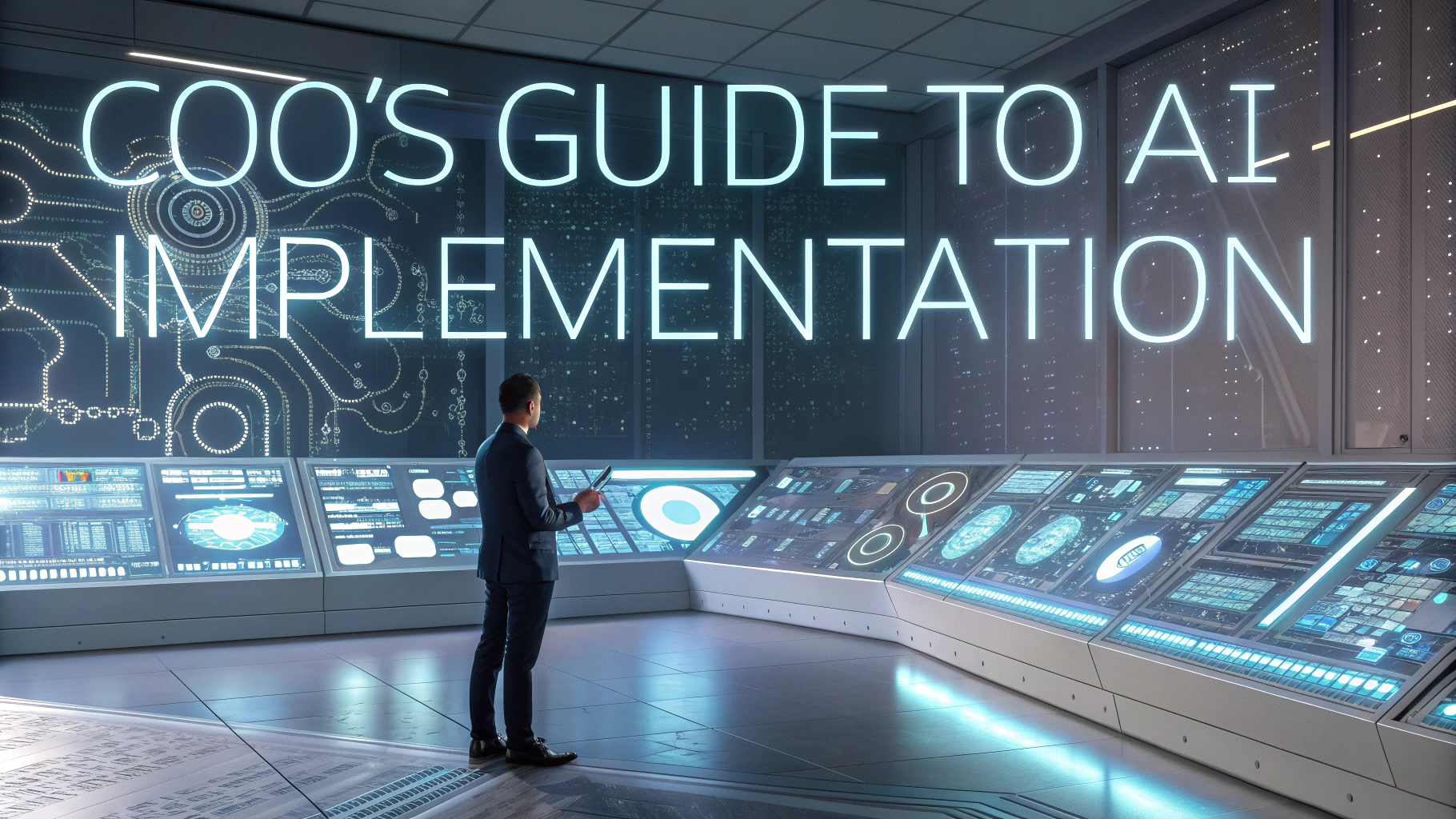Crisis communication during emergencies requires precise planning and swift execution from company leadership, particularly the Chief Operating Officer (COO).
A well-structured crisis communication template helps COOs maintain organizational stability and stakeholder trust during challenging situations.
This quick guide outlines the essential elements of an effective crisis communication template specifically designed for COOs managing emergency situations.
Key Components of the COO’s Crisis Template
- Initial Incident Assessment
- Stakeholder Identification
- Message Development
- Communication Channels
- Response Timeline
- Team Responsibilities
Initial Response Framework
Contact Information for Crisis Team:
| Role | Primary Contact | Backup Contact |
|---|---|---|
| Crisis Manager | Extension 555 | Mobile: Emergency Hotline |
| Communications Lead | Extension 556 | Press Office: 24/7 Line |
Message Structure Guidelines
- Acknowledgment: State awareness of the situation
- Action Steps: Outline immediate measures being taken
- Assurance: Communicate commitment to resolution
- Updates: Specify when next communication will occur
Communication Channel Matrix
- Internal: Employee portal, email broadcasts, emergency SMS system
- External: Company website, social media platforms, press releases
- Stakeholder-specific: Direct phone calls, video conferences, secure messaging
Response Timeline Template
- First 15 Minutes: Initial assessment and team activation
- First Hour: Preliminary statement release
- First 4 Hours: Detailed situation update
- First 24 Hours: Comprehensive response plan
Document Control Measures
- Version tracking system for all communications
- Approval chain for message release
- Legal review requirements
- Record-keeping protocols
Moving Forward After Crisis
Document all actions taken during the crisis for future reference and improvement.
Schedule a post-crisis review meeting within 48 hours of resolution.
Update the crisis communication template based on lessons learned.
Emergency Response Center: 1-800-555-0123
Crisis Management Email: crisis@company.com
Implementation Best Practices
- Regular Drills: Conduct quarterly crisis simulation exercises
- Team Training: Ensure all team members understand their roles
- Technology Readiness: Maintain updated communication systems
- Documentation: Keep templates and contact lists current
Risk Mitigation Strategies
Preventive Measures
- Regular risk assessments
- Early warning systems implementation
- Stakeholder relationship management
- Compliance monitoring
Response Enhancement
- Backup communication systems
- Alternative operation centers
- Cross-trained team members
- Updated emergency protocols
Measuring Communication Effectiveness
- Response Time Metrics: Track activation and deployment speed
- Message Reach: Monitor stakeholder engagement levels
- Feedback Analysis: Gather and assess stakeholder responses
- Media Coverage: Evaluate tone and accuracy of coverage
Building Resilient Communication Systems
Regular template updates and system improvements ensure organizational readiness for future crises.
Maintain strong relationships with key stakeholders through consistent engagement.
Integrate lessons learned into standard operating procedures.
- Review and update contact information monthly
- Test all communication channels quarterly
- Validate emergency response procedures bi-annually
- Refresh crisis management training annually
FAQs
- What is a crisis communication template for a COO?
A crisis communication template is a pre-prepared framework that guides the Chief Operating Officer in effectively communicating during emergency situations, ensuring consistent messaging and proper information flow to stakeholders. - What are the essential components of a COO’s crisis communication template?
The template must include incident description, immediate response actions, stakeholder identification, key messages, communication channels, spokesperson designation, timeline of updates, and escalation protocols. - When should a COO activate the crisis communication plan?
The plan should be activated during significant operational disruptions, safety incidents, reputational threats, natural disasters, cybersecurity breaches, or any event that impacts business continuity and stakeholder interests. - Who should be included in the COO’s crisis communication distribution list?
The distribution list should include the executive team, board members, employees, key customers, suppliers, regulatory bodies, media contacts, and relevant external stakeholders. - What information should the COO prioritize in initial crisis communications?
Initial communications should focus on acknowledging the situation, stating known facts, outlining immediate actions taken, addressing safety concerns, and providing clear instructions to affected parties. - How should a COO handle media inquiries during a crisis?
The COO should coordinate with the communications team, stick to approved messaging, maintain transparency while protecting sensitive information, and ensure all media statements align with legal and compliance requirements. - What are the key timing considerations for COO crisis communications?
Communications should be issued within the first hour of crisis recognition (golden hour), followed by regular updates at predetermined intervals, with response times adjusted based on crisis severity and stakeholder needs. - How should the COO document crisis communications?
All communications should be logged with timestamps, distribution lists, response tracking, feedback received, and actions taken, maintaining a complete audit trail for post-crisis analysis and legal purposes. - What role does the COO play in post-crisis communication?
The COO leads the communication of crisis resolution, lessons learned, preventive measures implemented, and business recovery plans, while rebuilding stakeholder confidence and trust. - How should the COO coordinate with other executives during crisis communications?
The COO must maintain clear communication lines with the CEO, legal counsel, and other C-suite executives, ensuring aligned messaging and coordinated response strategies.
